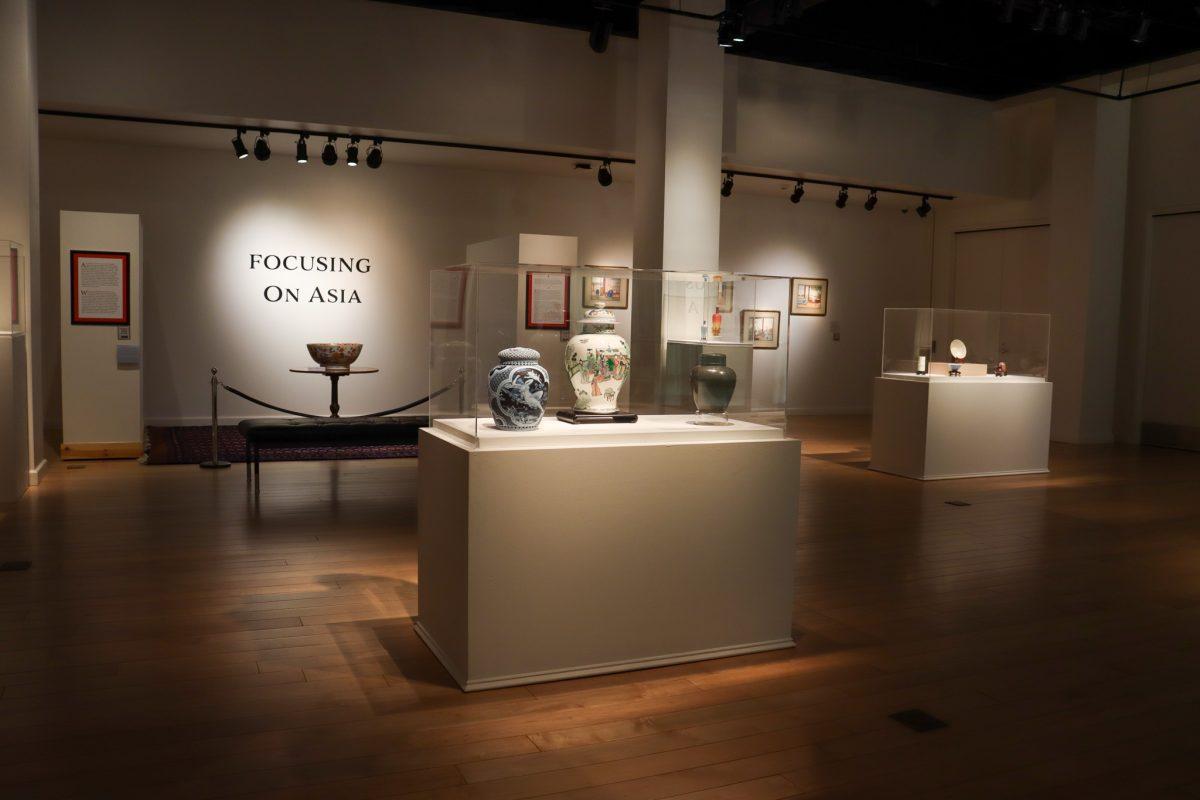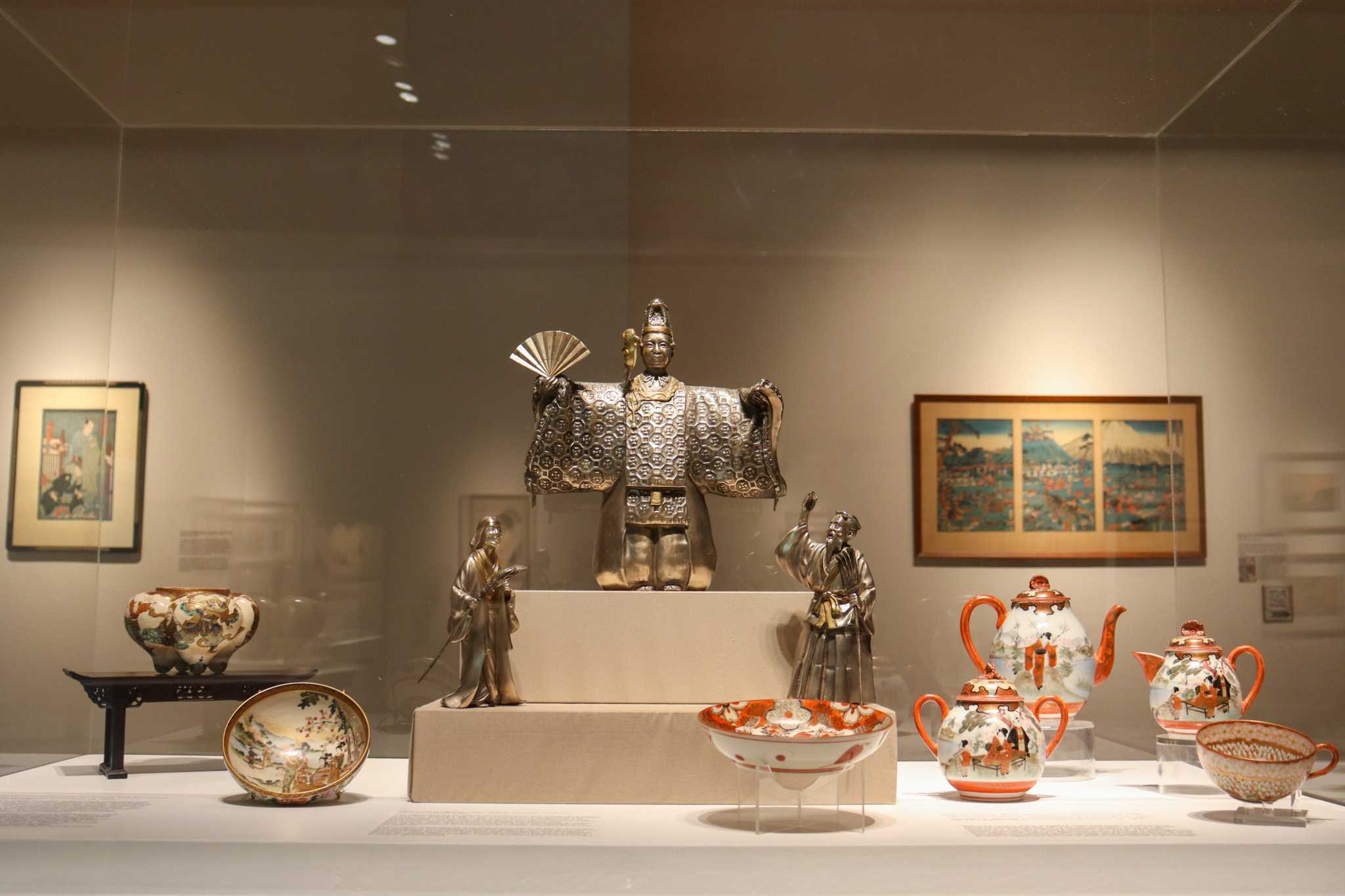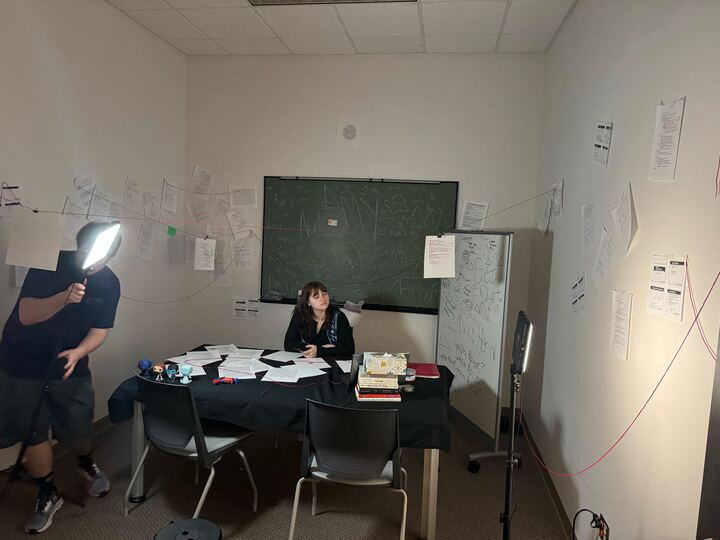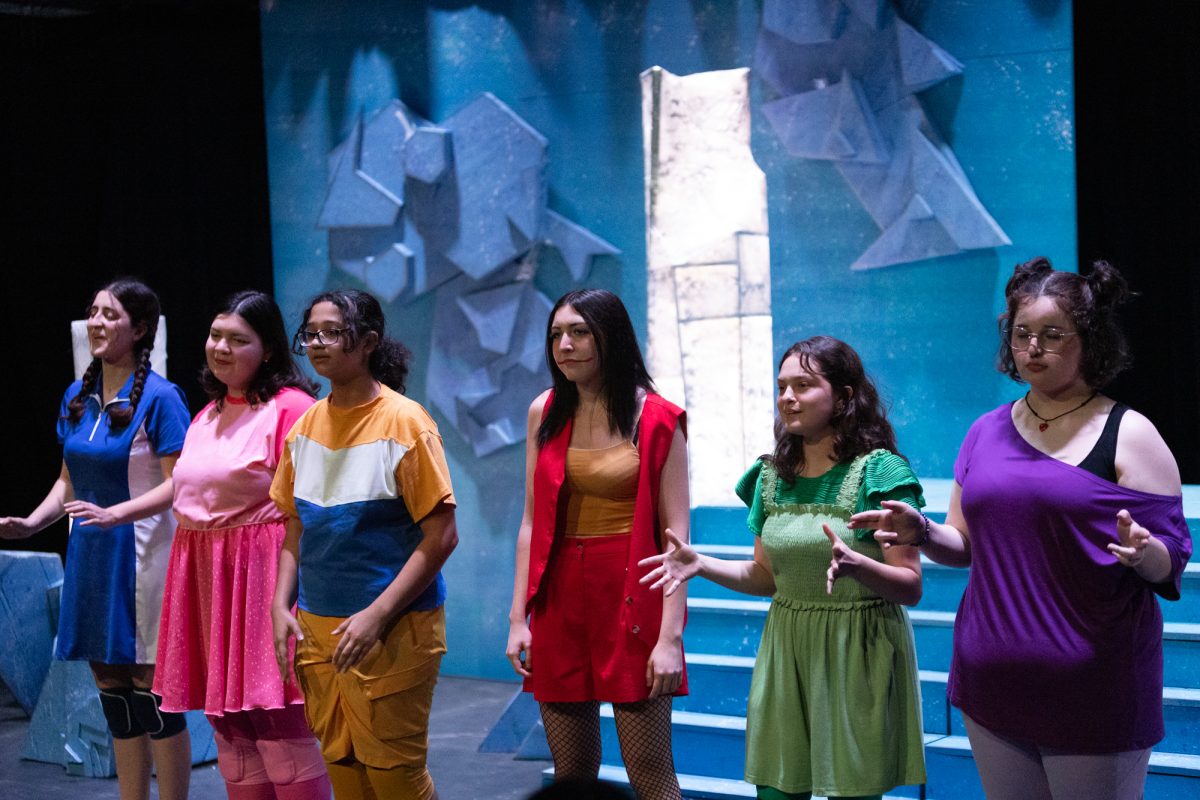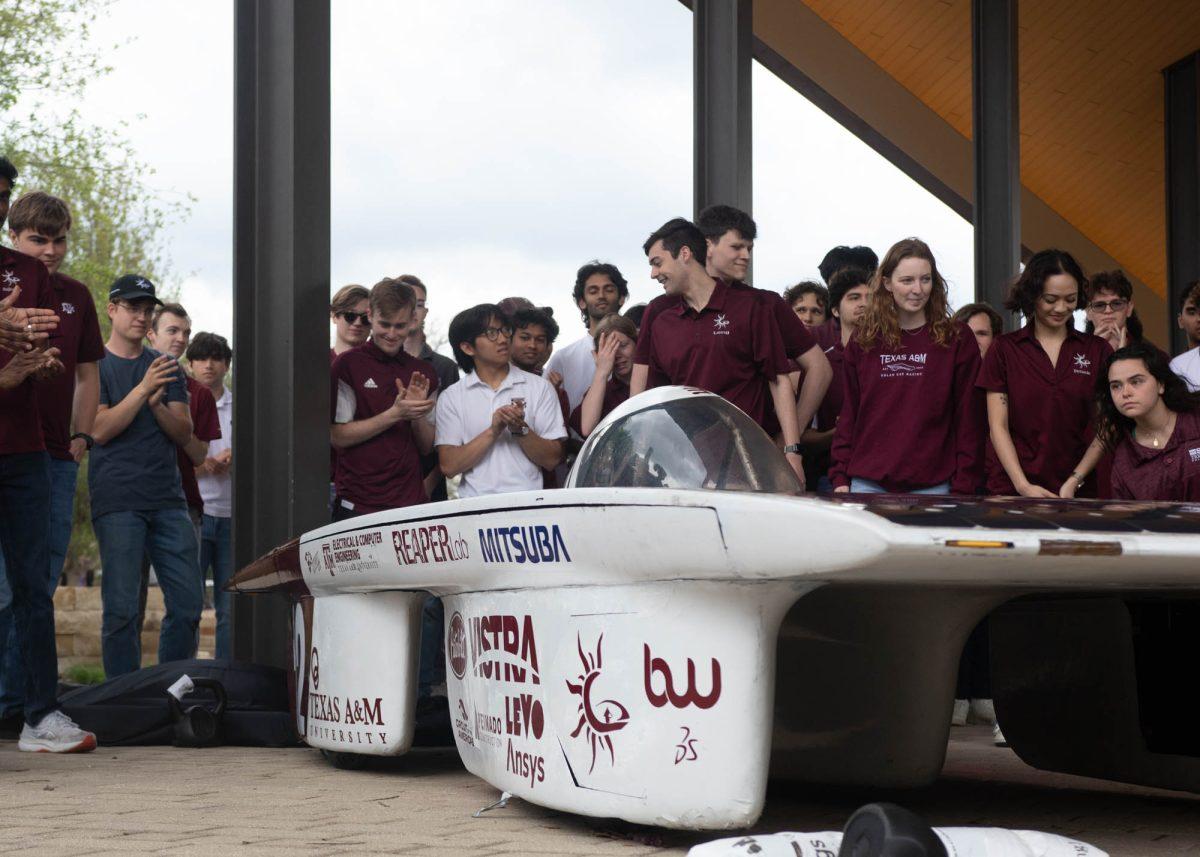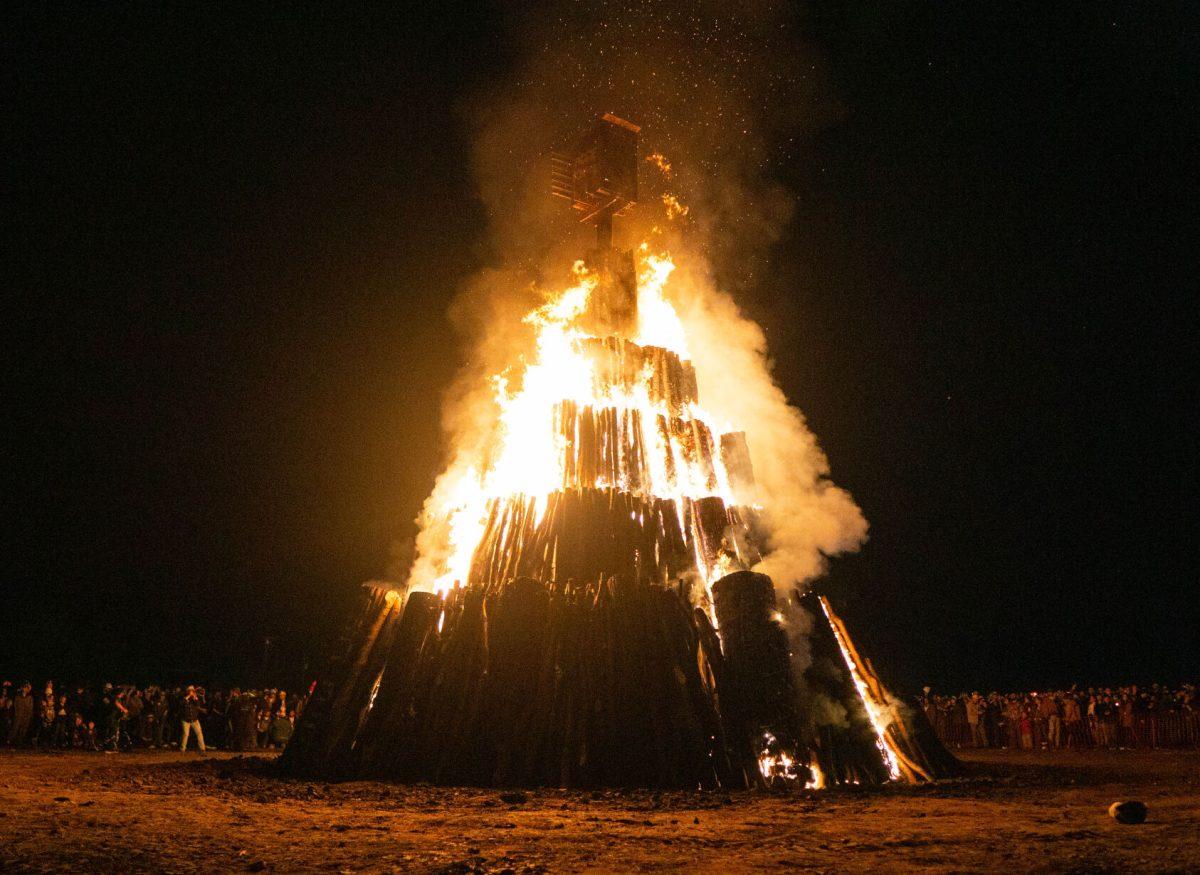Artisan glass and woodblock paintings fill up the Forsyth Gallery, located on the second floor of the Memorial Student Center, or MSC, but besides just showcasing some of the most refined artistic designs, the exhibit digs up a complicated history of cultural exchange and appropriation.
The “Focusing on Asia” exhibit opened on Oct. 4, and features a collection of artifacts both inspired by and crafted in the far east. Gallery Curator and Assistant Director of the University Arts Gallery Elizabeth Appleby explained much of the origin of the collection.
“When I was able to look out across campus, I was able to bring in even more collections to be able to tell the story better,” Appleby said.
“Focusing on Asia” currently holds artifacts from private donors, the Cushing Library, various other MSC collections and even the Benz School of Floral Design, which contributed intricate glass vases from across Asia.
“[A] lot of times people don’t understand that there are just so many fantastic collections on this campus and I want to share them with the students.” Appleby said.
Porcelain bowls, paintings on silk canvases, woodblock portraits, Japanese theater figurines and sets of multicolored and scenic vases can all be seen in the Forsyth Gallery, but there’s a greater historical significance that lurks between each artifact. Most artifacts were made during the 19th century in the midst of the first major encounters between two very different worlds.
“It’s an interesting exhibit because it’s taking a look at how Europeans and a distant group of Asian cultures had a cultural conversation back and forth in the late 19th century,” Appleby said.“You had Europe finally getting a tow hold on a lot of the Asian nations that had remained closed for centuries … and when that happened, as it does frequently, [European] artists wanted to look at what was being made there and take those ideas and kind of reinterpret them themselves in Europe and vice versa Asians were seeing what was going on in Europe and reinterpreting that themselves.”
This collision of ideas and artistic visions can build bridges between otherwise very distant cultures, but some problems reveal themselves over time as well.
In his revolutionary yet controversial book, “Orientalism,” Edward Said argued Western Civilization had formed a romanticized image of eastern cultures after they had detached their aesthetics and artistic styles from their true significance, thus reducing the culture as a whole to a novelty.
“It’s a good idea to start from [in order] to look at these different cross-cultural communications critically,” Appleby said on Said’s theories.
The phenomenon of cultural appropriation is visible all throughout the exhibit. Burmese glass vases, which are of western origin, are designed to copy what a European or American might consider an eastern vase to be. Lam Qua, a Chinese painter, adopted a uniquely western style with his brush. Cultural appropriation can become something simply unavoidable in a cross-cultural exchange.
“[W]hen you write a paper you have to contribute ideas back to the original thinker, do that, and people are generally accepting of it,” Appleby said. “It’s when people divorce it from its past that I think it loses something.”
Whether or not the East and West gave sufficient credit to each other when they traded cultural elements is up for historical debate, but what we can do now is celebrate the artists who have been able to remain expressive and creative despite cultural appropriation.
“Focusing on Asia” contains a selection of pieces from artists like Zao Wou-Ki and Chuang Che, who were able to combine their Chinese heritage with abstract, contemporary art styles. The result is artistic expressions of the east that are free of the stereotypes that are usually imposed on them by the west.
“Some of the latter 20th-century and 21st-century Asian artists,” Appleby said. “[We’re] able to look back on what has happened and reclaim some of the historic techniques that were appropriated.”
The exhibit will remain in the Forsyth Gallery until Dec. 16, and until then, serves as a window into the complicated and delicate nature of cross-cultural interactions. More information on the exhibit can be found at https://uart.tamu.edu/asia/.



